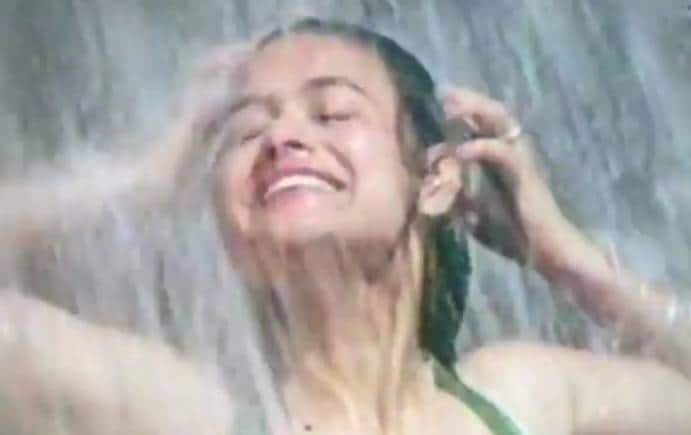There is a mini version of Manhattan in everyone’s bathroom window these days. It is made up of various bottles of soaps, gels and the sort.
Much of this real estate is owned by the female members of the house. But even men have their own towers of shampoo, shower gel and face wash.
Time was when one soap did everything, at least for men. Soap was in the form of a bar, firm when new and reduced to a frail sliver when used up. We still tried to squeeze one last wash out of it, till it disintegrated in our hands.
One cake of soap was used by all family members, at least till the children grew up. And men used it for their face as well, sometimes hair too. We could have cracked coconuts with our hair.
In these scorching summer months of a couple of showers every day, memories of old school soaps pop up frequently. Till the 1990s, soap was the sole cosmetic indulgence of middle-class Indian homes, apart from talcum powder, hair oil and for-festivals-only ittar. So when the list of supplies was dropped off at the grocer’s at the start of every month, all members of the brood would weigh in on what soap to order.
Liril was a summer favourite, with its green candy stripes and zesty lemon scent. But it triggered sneezes in delicate snouts. Lux was used largely by women. Cinthol and Lifebuoy, on the other hand, were masculine brands. Hamam and Chandrika were neutral and no frills. Chandrika’s fragrance and ability to generate copious lather made it preferable of the two. And at the washbasin in hotels and some houses we would encounter Gold Fish soap, literally a hunk of soap in the shape of a fish, tied to a rope.
At the elite end were makes like Mysore Sandal Soap and Moti. They were regal beings, and probably arrived on elephants when you ordered them for Diwali. Pears represented urban sophistication, and perhaps rode to your home in a sedan. The big deal about Pears was that it was transparent, which really wasn’t a big deal. But such was the power of advertising then that something presented as a big deal was believed to be a big deal.
This was captured in Mad Men. Unable to come up with an interesting campaign for Lucky Strike cigarettes, Don Draper then swoops on one detail of the manufacturing process – of the tobacco being toasted - and spins it as something remarkable. ‘Lucky Strike: It’s Toasted’ is his winning pitch.
 Karen Lunel in the 1980s TV commercial for Liril soap.
Karen Lunel in the 1980s TV commercial for Liril soap.
Advertising was a big part of soap sell in India. Lux was endorsed by leading ladies of Bollywood. Sometimes students preserved the wrapping, featuring their favourite actress, between notebook pages. Cinthol sold many bars after it signed up Vinod Khanna and Imran Khan. Lifebuoy’s two-pronged campaign addressed not just hygiene but also health. ‘Tandurusti ki raksha karta hai Lifebuoy’ was the jingle, usually accompanied by visuals of youths playing football or some sport.
Liril was the most famous Indian soap campaign, of course. It was first shot in 1974 at Pambar Falls in Kodaikanal, and updated through the years till 1985. Karen Lunel, the young bikini clad model in the ad, came to be known everywhere as the ‘Liril girl’, and later became a VIP crew member at Air-India, often accompanying heads of state on trips. Lunel then got married and settled down in distant New Zealand, a land of great natural beauty, where the sight of waterfalls must have been common and occasionally nostalgic.